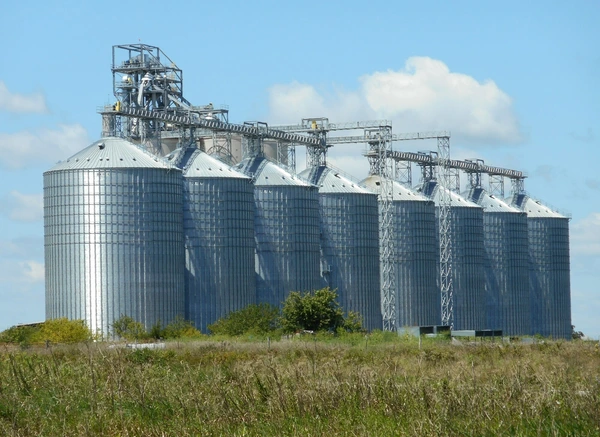The efficient storage of grain is a cornerstone of successful farm management. One key element in maximizing grain storage effectiveness is the use of hopper bins.
These are specialized storage units designed to hold large quantities of loose materials such as grains, seeds, and fertilizers. It also ensures optimal grain preservation to maximize your farm’s operational efficiency.
Read on to discover how hopper bins can benefit your farm. Let’s get into it!
Choosing the Right Hopper Bin Size for Improved Storage Capacity
Choosing the right hopper bin size can be a game-changer for your farm’s grain storage efficiency. Your choice should consider the volume of grain your farm produces and the space available for placement.
Larger bins are ideal if you harvest a significant quantity of grain and have adequate space for installation. For farms with limited space or lower grain yield, small grain bins might be the better option.
Don’t forget that the size will also impact the ease of grain management and dispensing, so be sure to choose wisely.
Regular Grain Storage Maintenance for Longevity
Grain storage upkeep stops your grain from going bad and your bins from breaking down. You need to check them often to see if there are any issues.
Also, using a temperature cable helps you know if your grain’s heat level is okay. If it gets too hot, pests might come, which is a big no-no. Lastly, keeping the moisture level in check is also important. Too much could make your grain spoil, so make it a habit to clean your bins. Doing so will make your grain stay fresh, and your bins will last longer.
Innovative Techniques to Increase Storage Capacity
There are some neat ways to get more out of your storage. First, you can try “cone stacking”. This is when you fill the bin to the brim, then keep on filling so the grain piles up in a cone shape on top.
This uses the space above the bin that would otherwise go wasted. Next, think about “intermediate bulk containers” or IBCs. These are smaller containers that can fit in the gaps between your hopper bins.
They’re great for using up space that’s usually wasted. Lastly, consider “bin inserts”. These are pieces you put inside your hopper bin to create separate sections.
Try these three techniques, and you’ll be a pro at maximizing the storage capacity of your grain in no time. However, if you’re running a large-scale farming operation, investing in commercial hopper bins for grain storage can be integral to your success.
This will ensure your operation runs smoothly and efficiently.
Optimizing Grain Storage Efficiency through Strategic Hopper Bin Management
Employing strategic hopper bin management makes for a comprehensive approach to efficient grain storage. But remember, every farm is different, and it’s crucial to adapt these strategies to your unique setup and requirements.
We hope that by implementing these insights, you can enhance your grain storage capacity, reduce waste, and ultimately bolster your farm’s profitability. So why wait? Start maximizing your tactics today!
Did you find this article helpful? Explore the remainder of our blog for more content!
Read Also: Efficient Pest Management Solutions: Safeguarding Your Space







